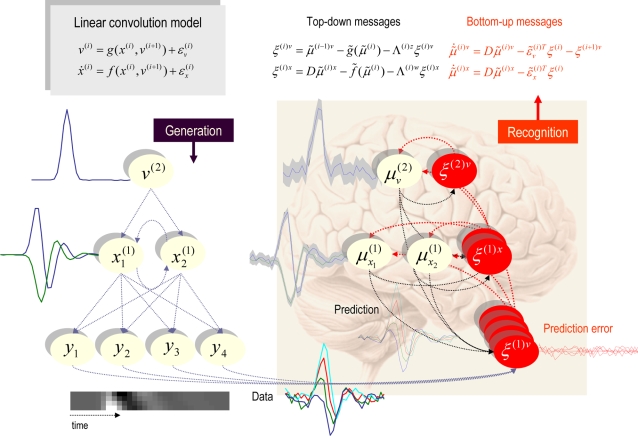Figure 5. This schematic shows the linear convolution model used in the subsequent figure in terms of a directed Bayesian graph.
In this model, a simple Gaussian ‘bump’ function
acts as a cause to perturb two coupled hidden states. Their dynamics
are then projected to four response variables, whose time-courses
are cartooned on the left. This figure also summarises the
architecture of the implicit inversion scheme (right), in which
precision-weighted prediction errors drive the conditional modes to
optimise variational action. Critically, the prediction errors
propagate their effects up the hierarchy (c.f., Bayesian belief
propagation or message passing), whereas the predictions are passed
down the hierarchy. This sort of scheme can be implemented easily in
neural networks (see last section and [5] for a
neurobiological treatment). This generative model uses a single
cause v
(1), two dynamic states  and four outputs
y
1,…,y
4.
The lines denote the dependencies of the variables on each other,
summarised by the equations (in this example both the equations were
simple linear mappings). This is effectively a linear convolution
model, mapping one cause to four outputs, which form the inputs to
the recognition model (solid arrow). The inputs to the four data or
sensory channels are also shown as an image in the insert.
and four outputs
y
1,…,y
4.
The lines denote the dependencies of the variables on each other,
summarised by the equations (in this example both the equations were
simple linear mappings). This is effectively a linear convolution
model, mapping one cause to four outputs, which form the inputs to
the recognition model (solid arrow). The inputs to the four data or
sensory channels are also shown as an image in the insert.

